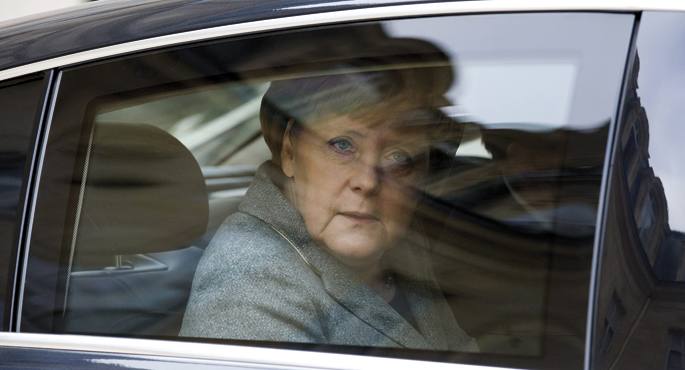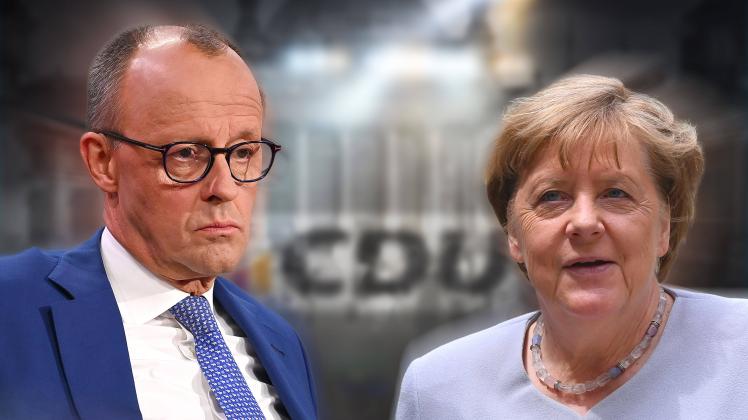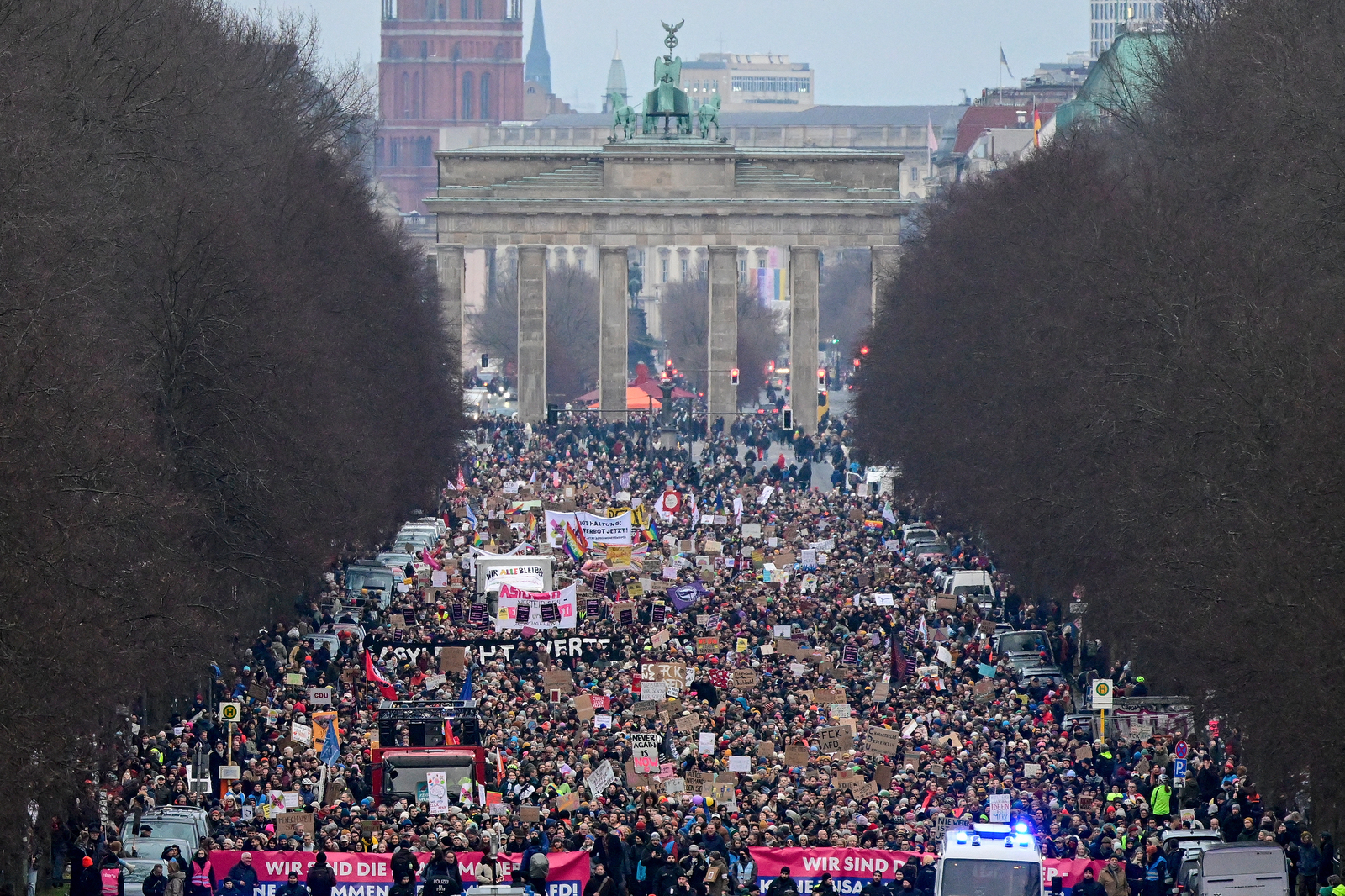The world cleared Germany two-thirds of its debts.
- The citizens of Germany and the rich Protestant Europe would never agree to forgive the debts of other countries: they find it sacred to pay them. Yet 60 years ago, major world powers forgave much of the debt to the Germans who had just lost the war. Without that forgiveness, the strength of Germany today could not be understood.

27 February 1953, London. Representatives of Federal Germany – the young people have to hear that until 1990 the country was divided into two, the eastern one linked to the socialist bloc, the western one to the capitalist – and the United States, Great Britain, France, Belgium, Canada, Denmark, Ceylon, Greece, Iran, Ireland, Italy, Luxembourg, Norway, Luxembourgish, Norway. I mean, Germany owed them a lot of money.
The pact that would be signed in August between the debtor and the creditors: 62% of their debts were forgiven by Germany, which could not lift the head of the war wrecks, and the rest was delayed for long periods. The last part would be paid by the new Germany ... In 2010!
The well-known president of ATTAC, Eric Toussaint, has also stressed the importance of this event, which is explained in detail in the Wikipedia, especially in English. Greece and Germany: Who owes whom? (1) The breakdown of German debt in London, referred to in Article 1953, has once again erected the powders in the leftist Le Grand Soir area: Voici 60 ans, l’annulation de la dette allemande.
Media journalists celebrate anniversaries with less reason. When Greece has been led to collapse and then to bankruptcy by Ireland, Portugal and Spain, the anniversary has more than one lesson.
In 1953, the United States, Great Britain and France, the main creditors of the Germans, calculated the debts of Germany grouped into two groups. On the one hand, the debts of the prewar, which came from old and had only made the briznas of 1929 larger: DM 22,600 million, including interest. On the other hand, unpaid loans accumulated in years after the loss of war: DM 16,200 million. In total, DM 38,800 million.
Thanks to the negotiations that took place in the spring of 1953, the Bonn authorities returned from London forgiving 62% of their debts and, thereafter, DM 14.5 billion would be paid. But the Allies accepted the Germans conditions much more favorable than simple forgiveness.
Toussaint clarified that “to ensure that the West German economy would actually be reactivated and that the Atlantic countries could use it as a showcase against the Eastern (Communist), the creditors made great concessions to the German authorities and companies. They recognized that debt payment was not an obstacle to economic growth, but to improving the standard of living of citizens. Pay yes but without impoverishment.”
Reverse of the Greek medicinal product
Eric Toussain has been in charge of defining the main points of the treatment that has been given. For a start, Germany would pay in its currency, in frames; the framework would have no force since the 1950s and could even devalue it.
The second condition, in which the production network was still dismantled and the negative external trade balance, was to reduce the imports that were approved to Germany. In other words, the creditors refused to export their products to Germany.
Thirdly, they allowed Germany to export abroad. The treaty textually accepted that Germany “can address the problems it has in improving its own production, paying particular attention to the increase in export capacity and the possibility of replacing imports (...) by taking the necessary fiscal and economic measures”.
Fourthly, and this does draw attention to the present situation: the issues that may arise with creditors will be resolved in the German courts. Moreover, it is expressly stated that “German courts may suspend payment of debts if they are contrary to public policy”. First of all, there should be no confrontation between the citizens. Social peace.
The fifth ingredient highlighted by Toussaint is that in order to pay debts, Germany will not be able to spend more than 5% of the funds it receives from export. In other words, conversely, the creditors placed a limit on their claims just in that 5% of the debt exports.
The creditors of the Germans, who were then unable to raise their heads, offered them new benefits. The war damages initiated and lost by Germany, the rest of the debts to be added to the initial 38,800, were deferred in the form of non-instalment payments. In addition, the United States was helping him financially with the Marshall Plan.
The comparison of the circumstances of 1953 and 2013 offers more than one reason to oppose the economic policy currently being pursued by the rulers in Germany and driven by the citizens.
It is clear that as much German as honourably paying debts, or rather it is enough to alleviate and forgive debts that cannot be paid. No one easily gives in to someone who owes a lot of money... unless he has any powerful reason to do so.
Like the United States, Britain and France had more than one reason to do so. In the midst of the cold war, they feared the strength of the then Soviet Union. Geopolitics asked them for the rapid industrialization of West Germany, the removization of local professionals and experts. In addition to the value of the German citizens, these and other conditions were present at the root of the German miracle.
Today, 60 years later, Germany, but also a good part of the rich Europe, has imposed very different recipes from Greece, Ireland, Portugal and Spain, suffering from debt sickness, and are threatened by people from Italy, Great Britain or France with slightly softer but very similar versions of the same formula.
The opposite of 1953: without the essential forgiveness of debt, all control in the hands of foreign authorities, adjustment measures not to revitalize local economies, to suppress any control over currency, to open all doors to foreign investors... It is true that neoliberal capitalism does not have an alternative like the Soviet Union. On the other hand, has the social explosion that could occur shortly been well measured?
Berlinen martxoaren 8an izandako manifestazioa gogorki erreprimitu du Poliziak. Palestinaren aldeko aldarriak zeramatzaten manifestariek. Agintariek Alemanian arabierazko abestiak eta diskurtsoak debekatu dituzte manifestazioetan, "segurtasun publikoko" arrazoiak direla... [+]
Alemaniako Poliziak asteleheneko gertakariaren arrazoiak "politikoak" zirela baztertu duen arren, 35 urteko Alexander Scheuermann Ring Bund talde neonaziko kide zen. Bi hildako eta hamar zauritu utzi dituen atentatuaren egileak sare sozialetan "gorroto mezuak"... [+]
Ikerketa bat egin dute Alemanian, hauteskundeen atarian: kontuak sortu dituzte TikToken, X-n eta Instagramen, eta aztertu egin dute algoritmoak zer nolako edukiak erakusten dituen. Guztietan, algoritmoak eskuinera eta eskuin muturrera jotzen du gehien, TikToken nabarmen.
Sozialdemokratek inoizko emaitzarik kaskarrenak lortu dituzten arren, litekeena da demokristau kontserbadoreekin elkartzea eta gobernua osatzea. Botoen %28,5 jaso ditu CDUk, eskuin muturreko AfDk %20,7 eta SPDk %16,4.
Porzheim, Germany, February 23, 1945. About eight o’clock in the evening, Allied planes began bombing the city with incendiary bombs. The attack caused a terrible massacre in a short time. But what happened in Pforzheim was overshadowed by the Allied bombing of Dresden a few... [+]























